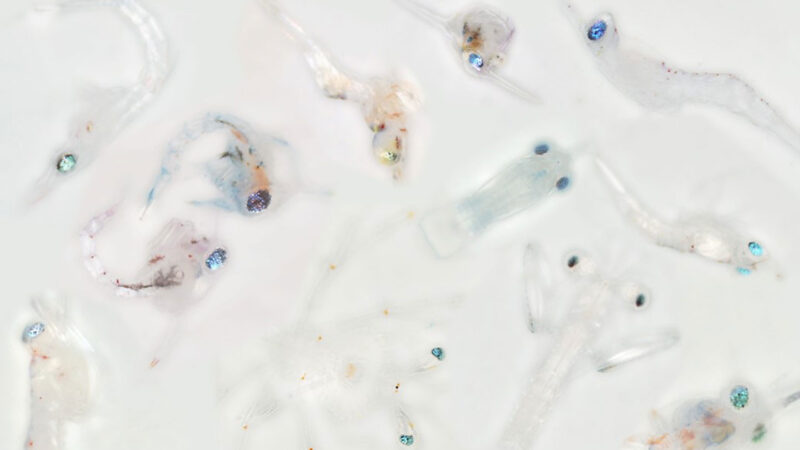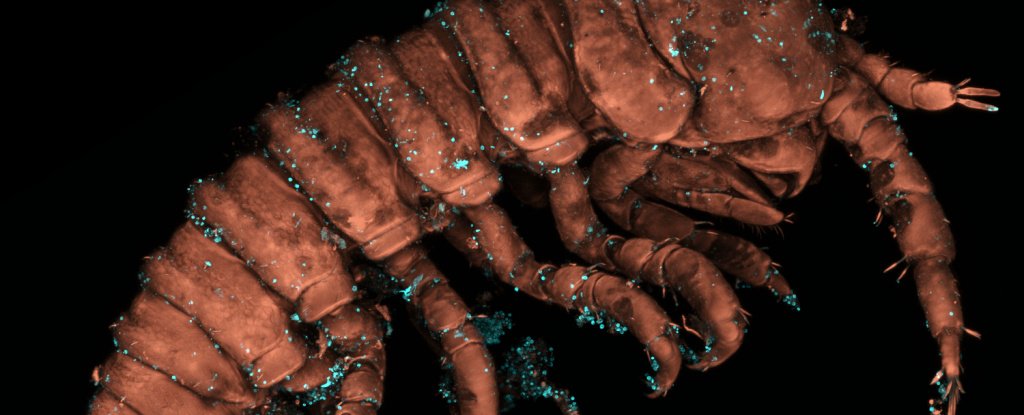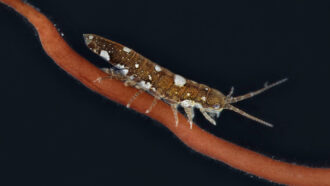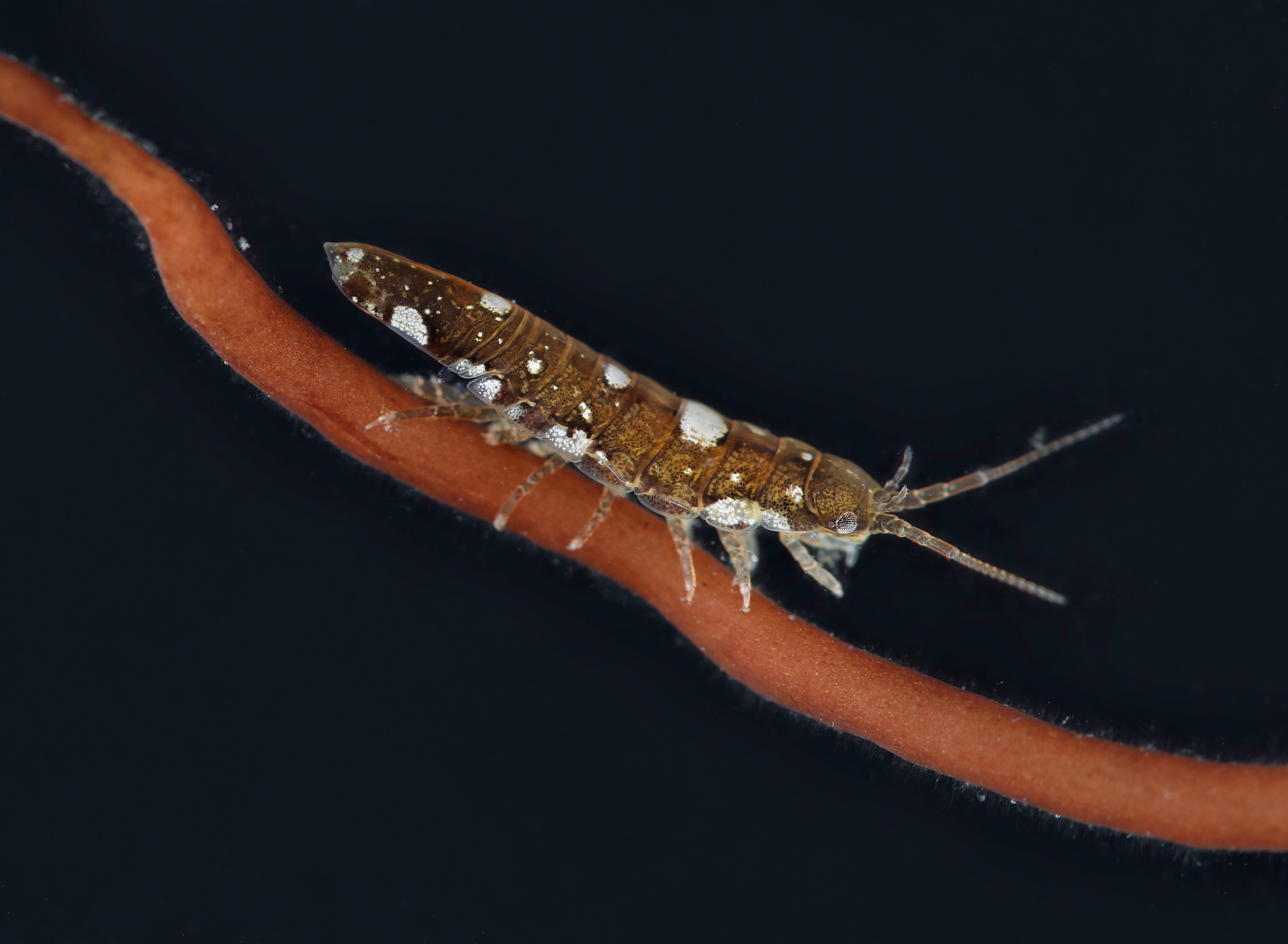crustaceans
Crustaceans form a large, diverse arthropod taxon which includes such animals as decapods, seed shrimp, branchiopods, fish lice, krill, remipedes, isopods, barnacles, copepods, amphipods and mantis shrimp. The crustacean group can be treated as a subphylum under the clade Mandibulata. It is now well accepted that the hexapods emerged deep in the Crustacean group, with the completed group referred to as Pancrustacea. Some crustaceans are more closely related to insects and the other hexapods than they are to certain other crustaceans. The 67,000 described species range in size from Stygotantulus stocki at 0.1 mm, to the Japanese spider crab with a leg span of up to 3.8 m and a mass of 20 kg. Like other arthropods, crustaceans have an exoskeleton, which they moult to grow.


/https%3A%2F%2Ftf-cmsv2-smithsonianmag-media.s3.amazonaws.com%2Ffiler_public%2F0d%2F9f%2F0d9f6edd-8639-422a-bbcd-a66afe1dae80%2Fgettyimages-1540446.jpg)





/https://tf-cmsv2-smithsonianmag-media.s3.amazonaws.com/filer_public/69/87/6987335f-8a2c-4176-a6e4-28b0994b0465/lavaut_abo6661_image_1.jpg)




